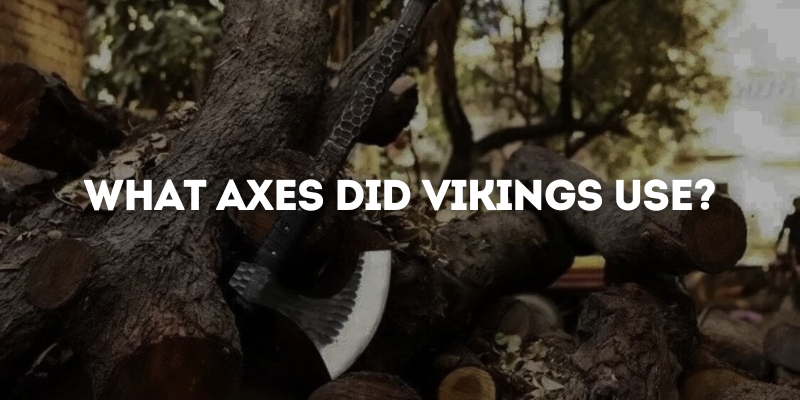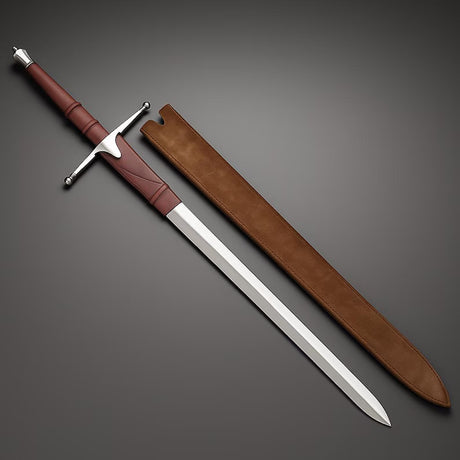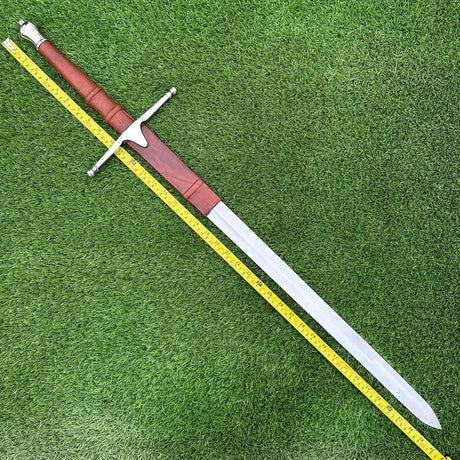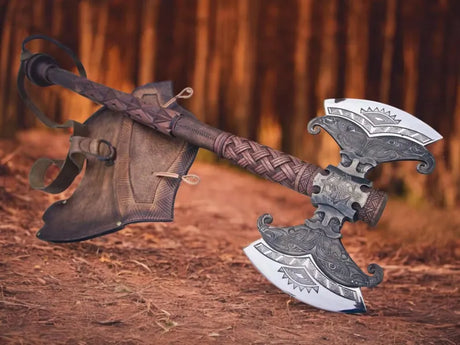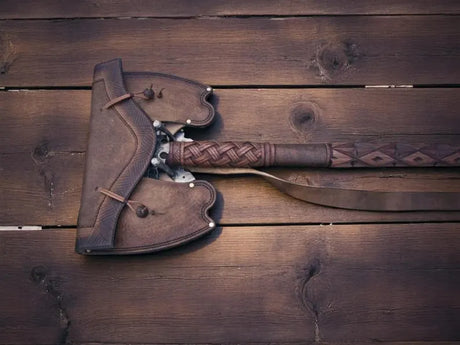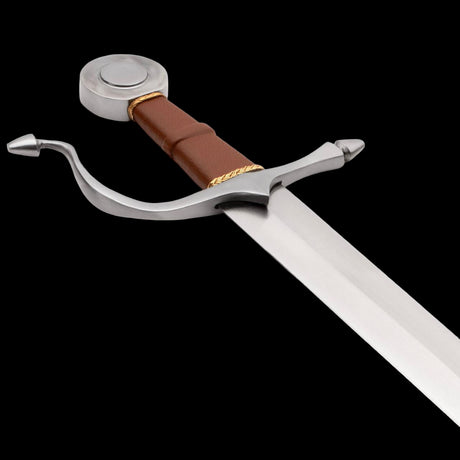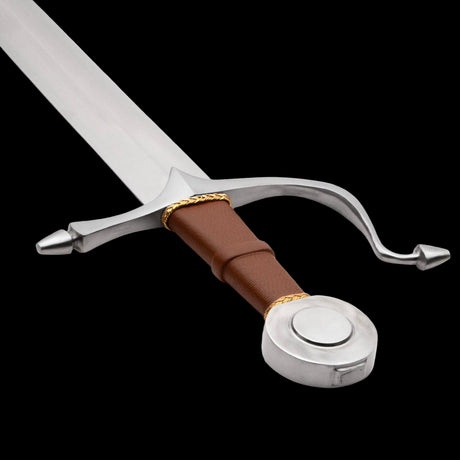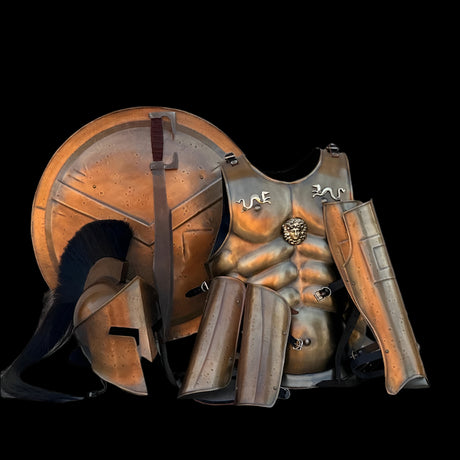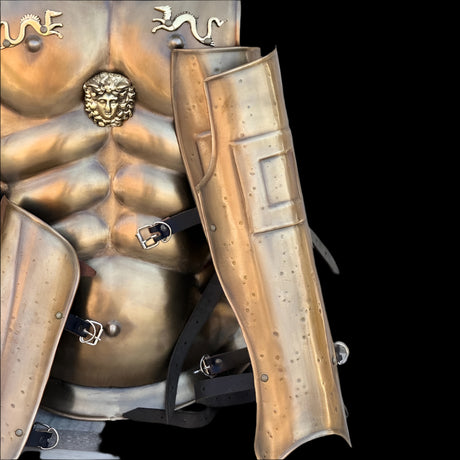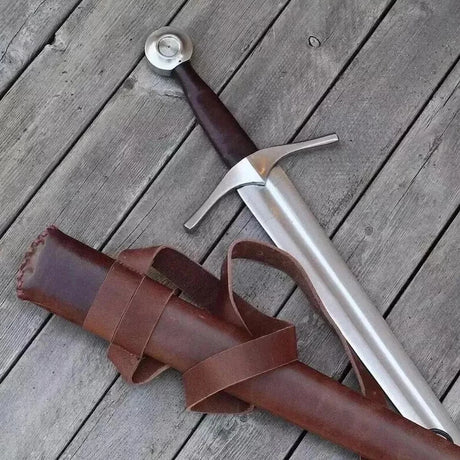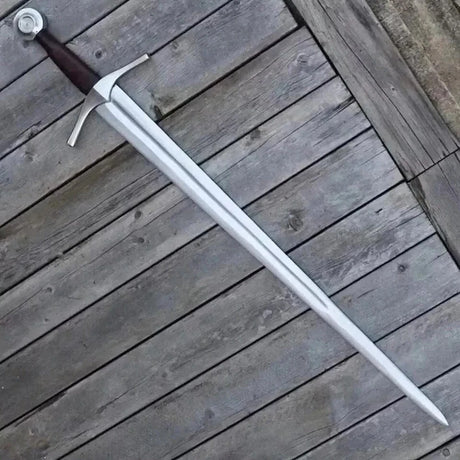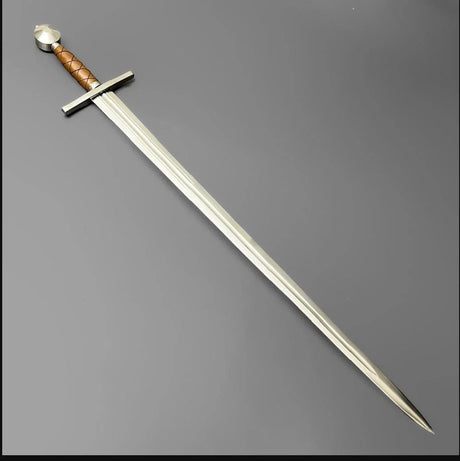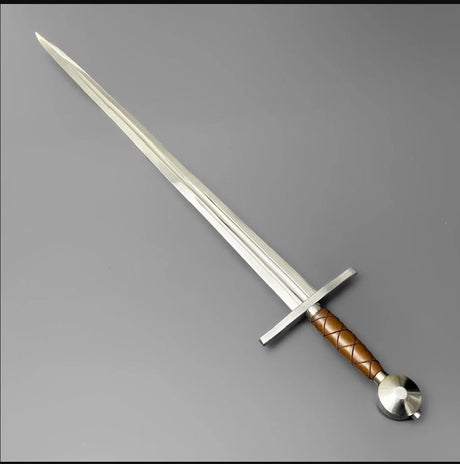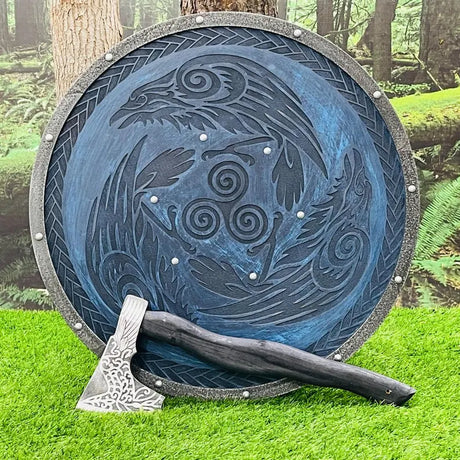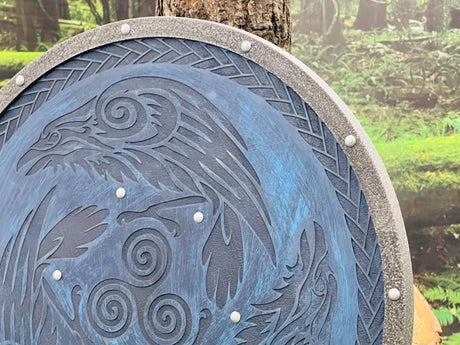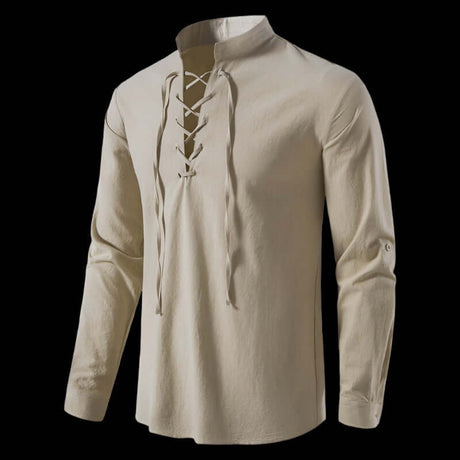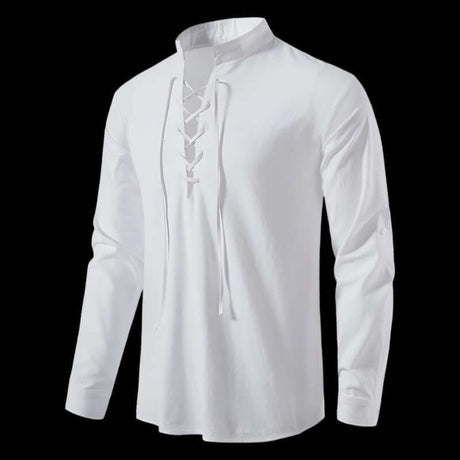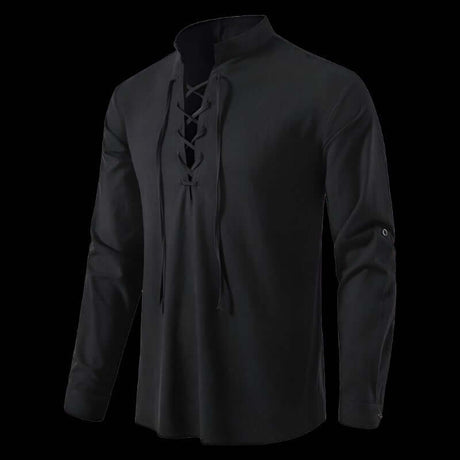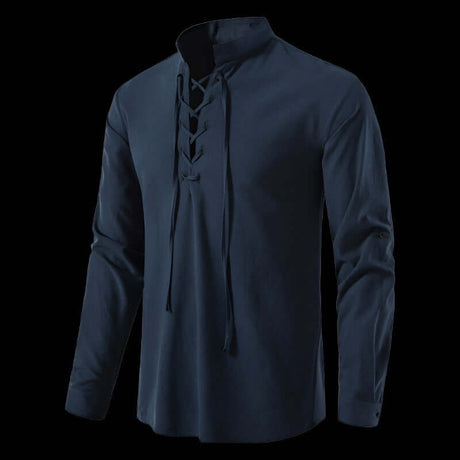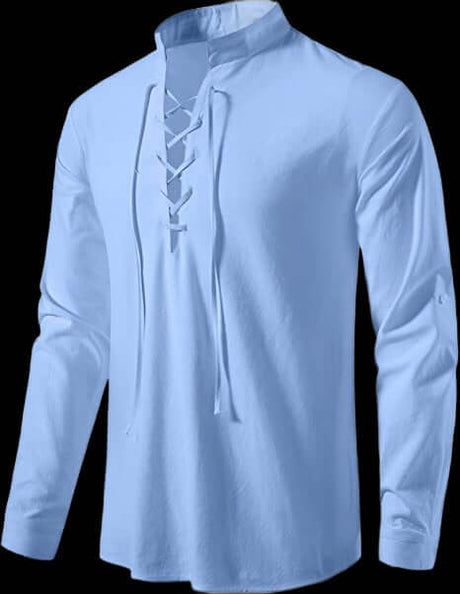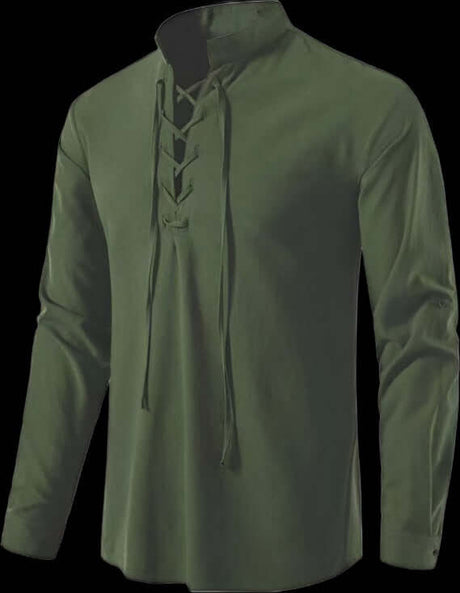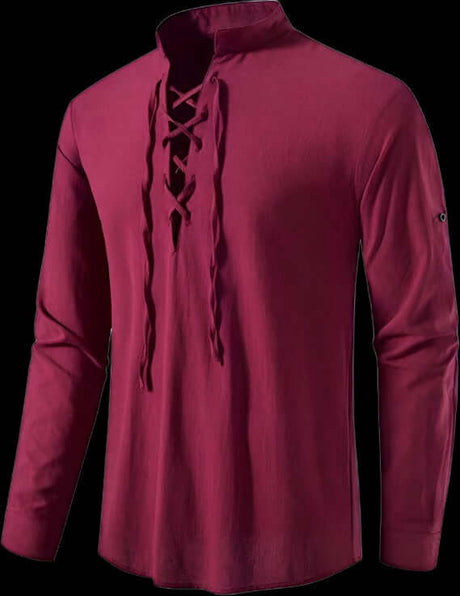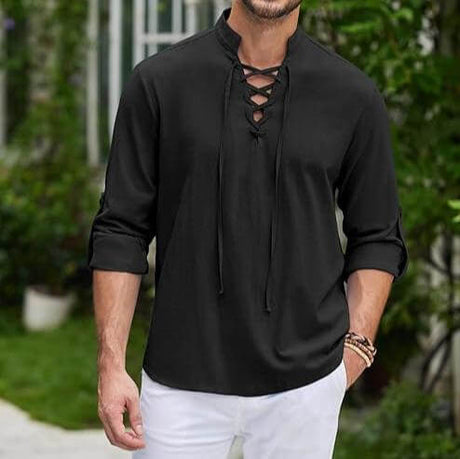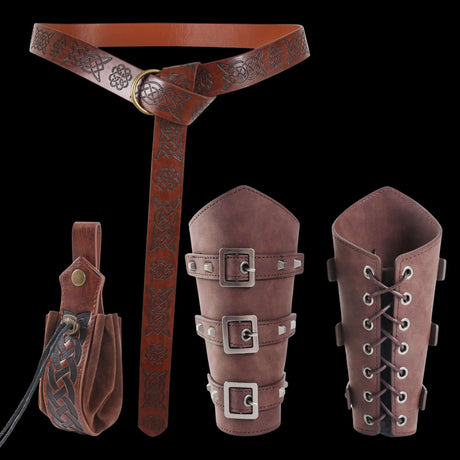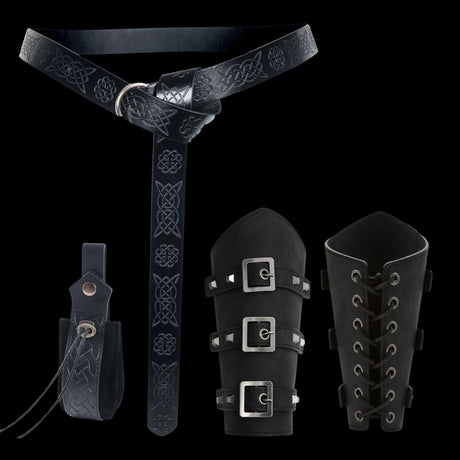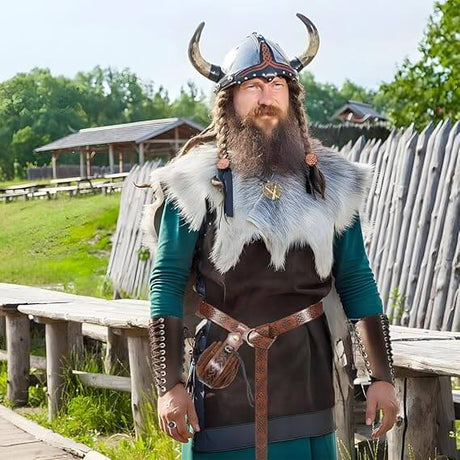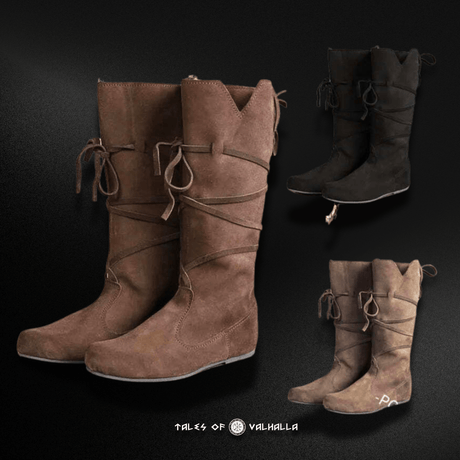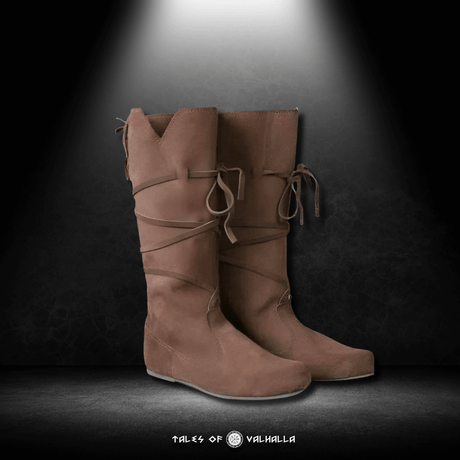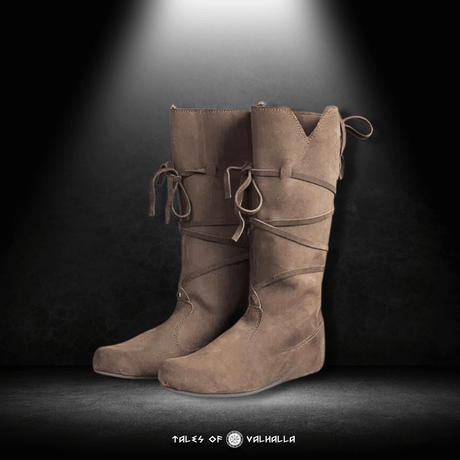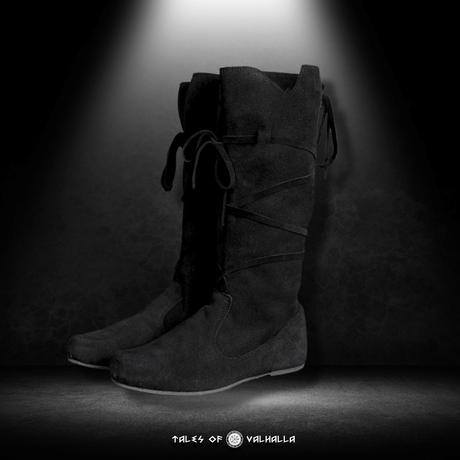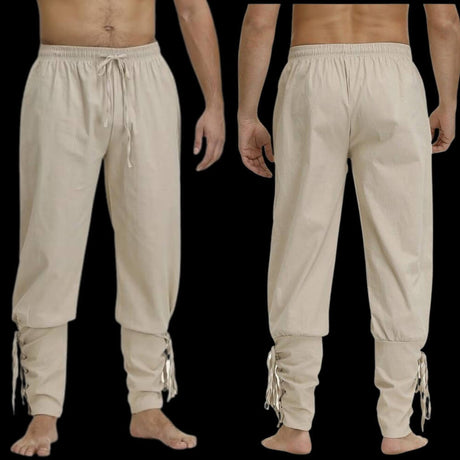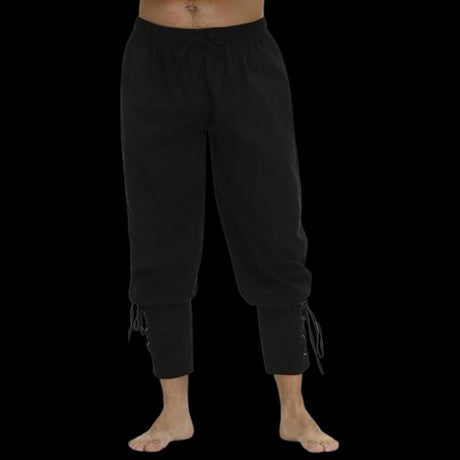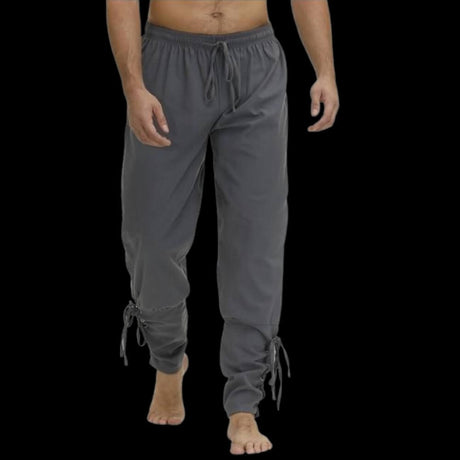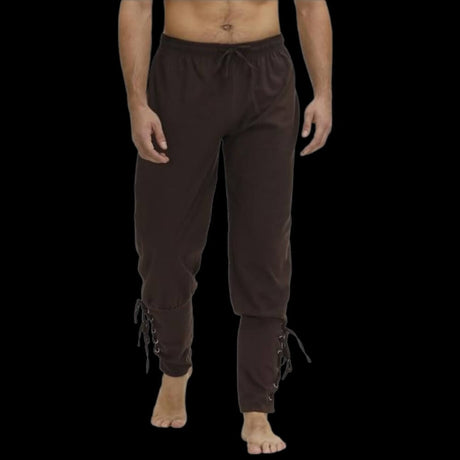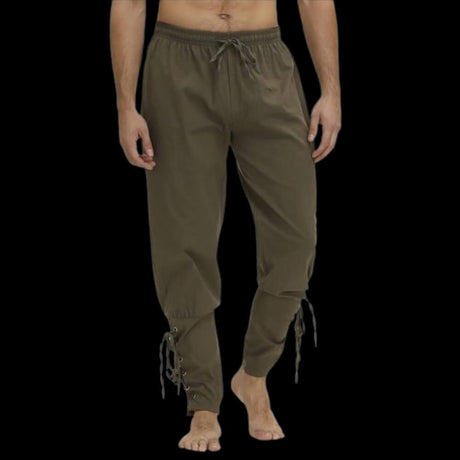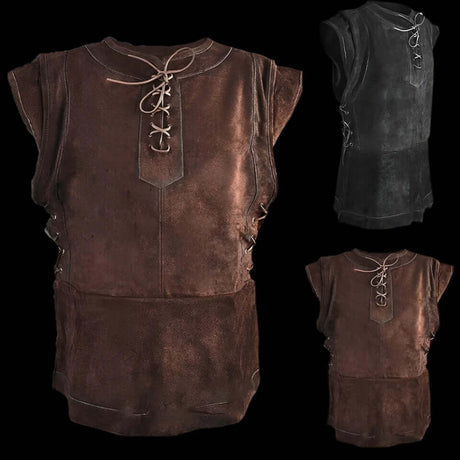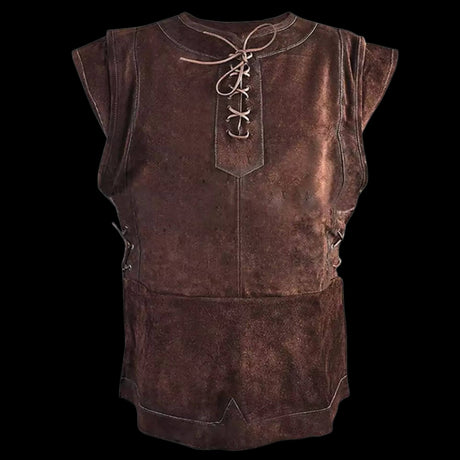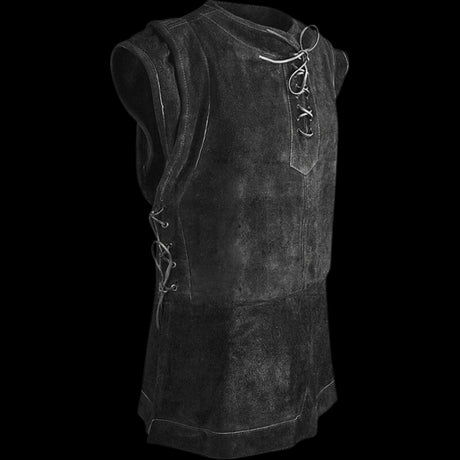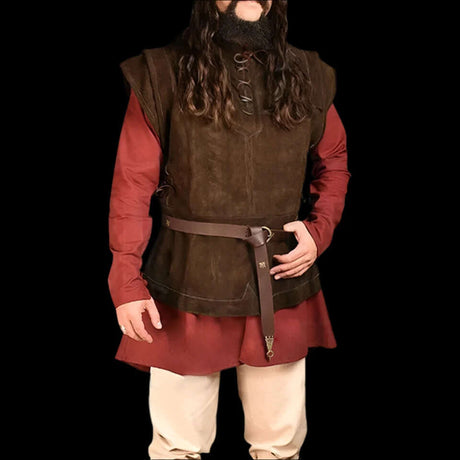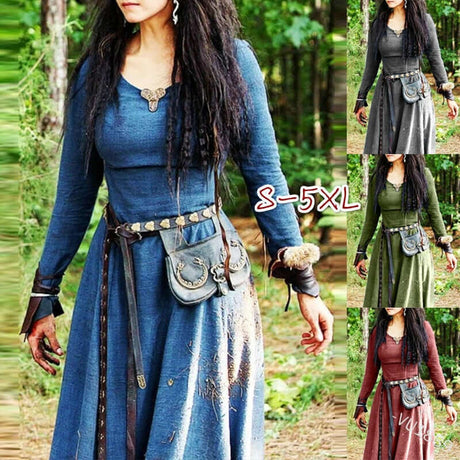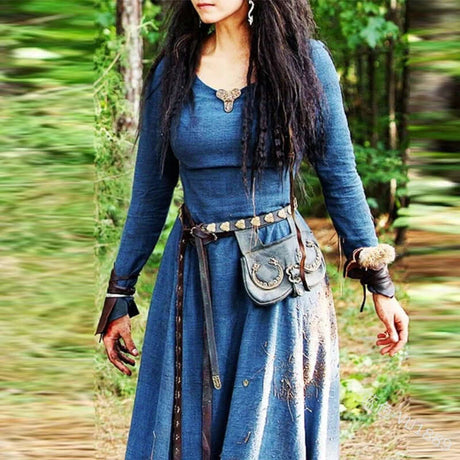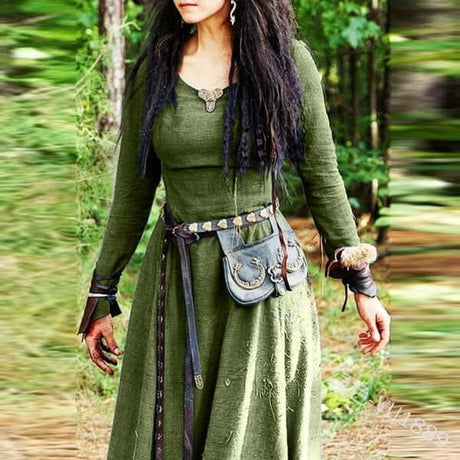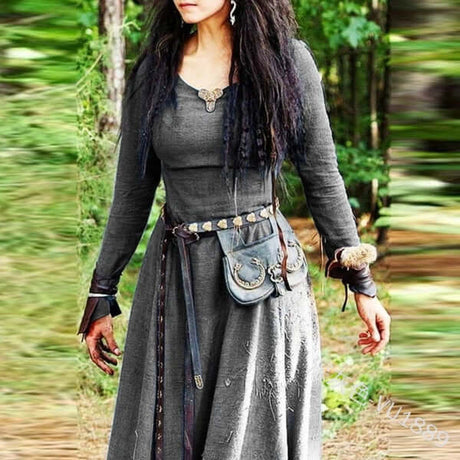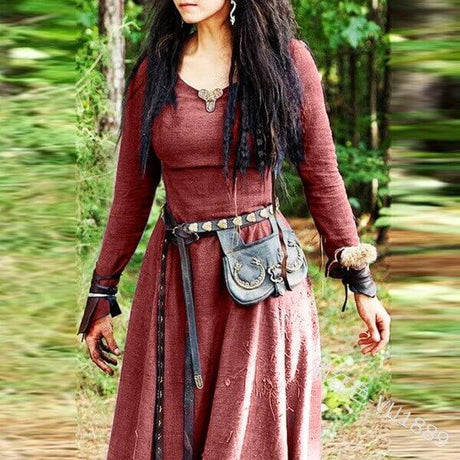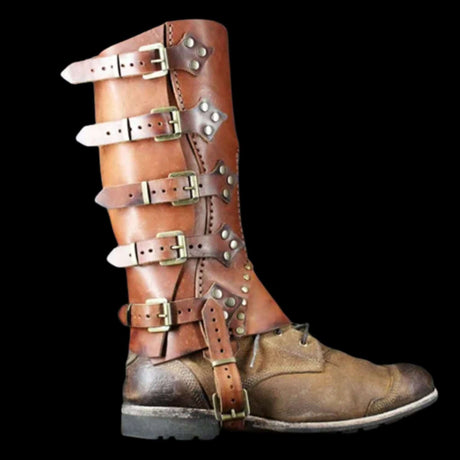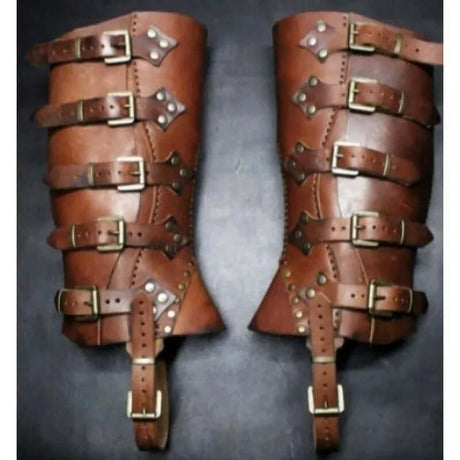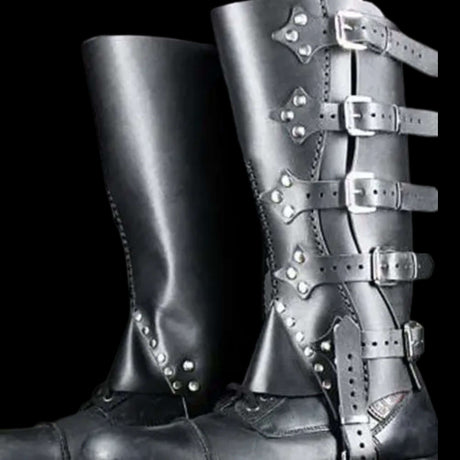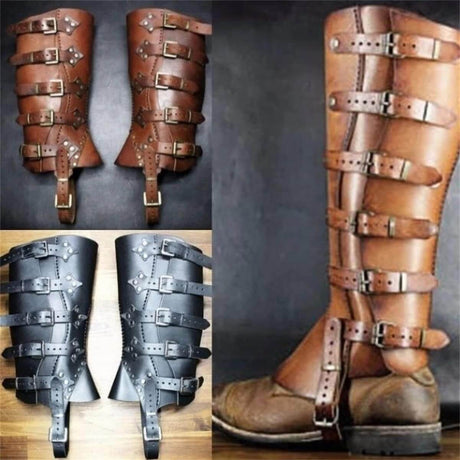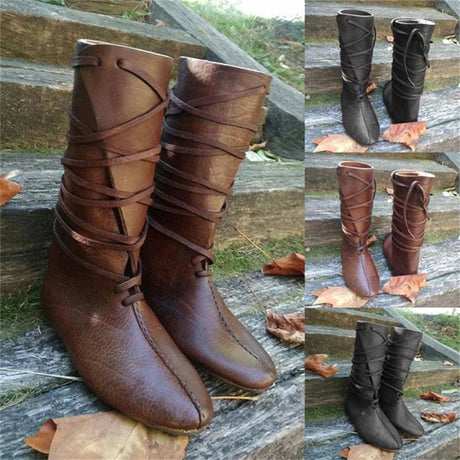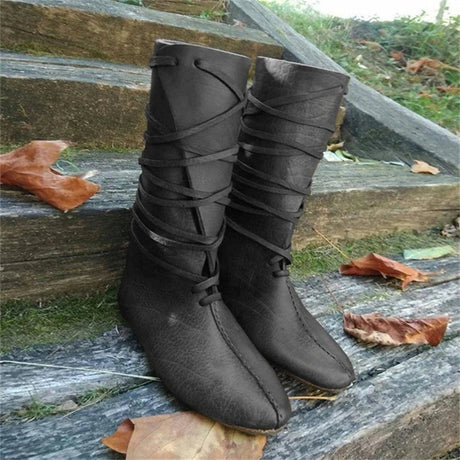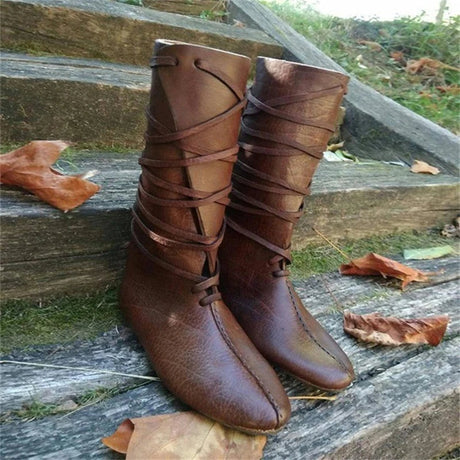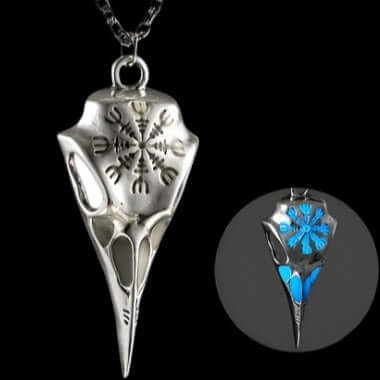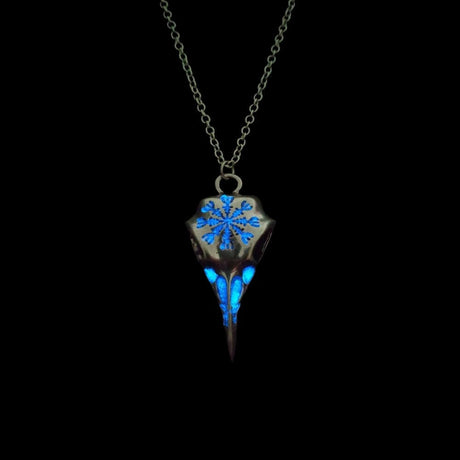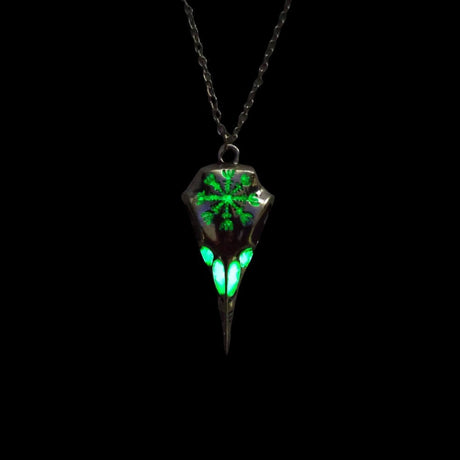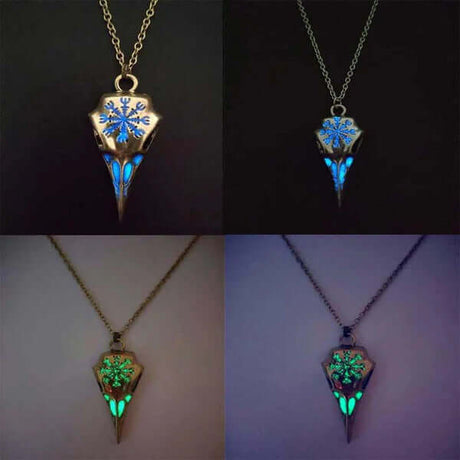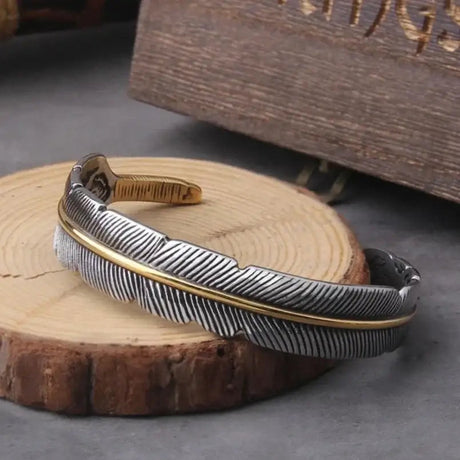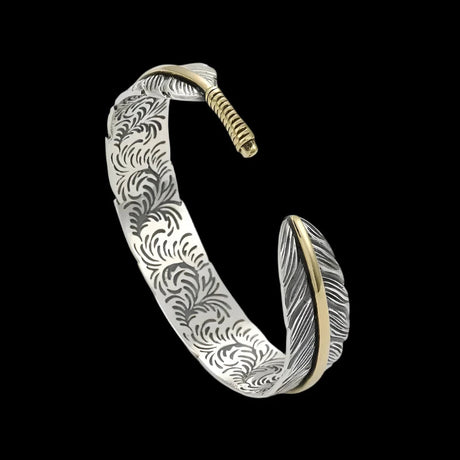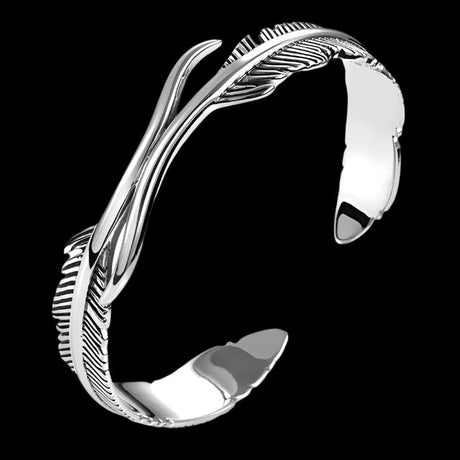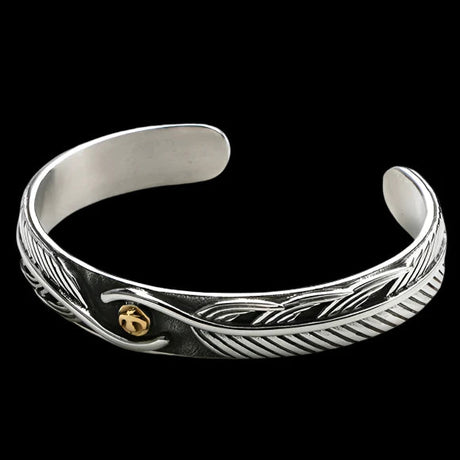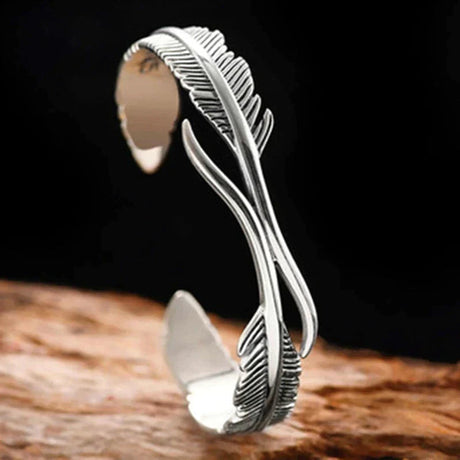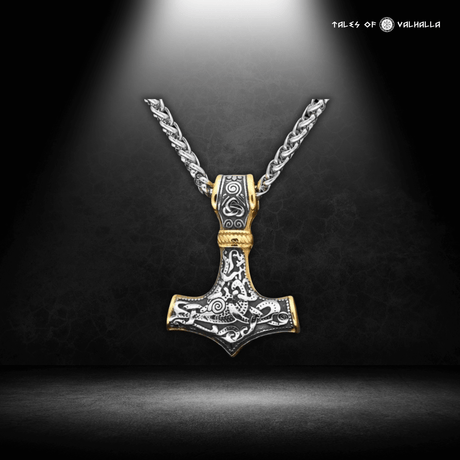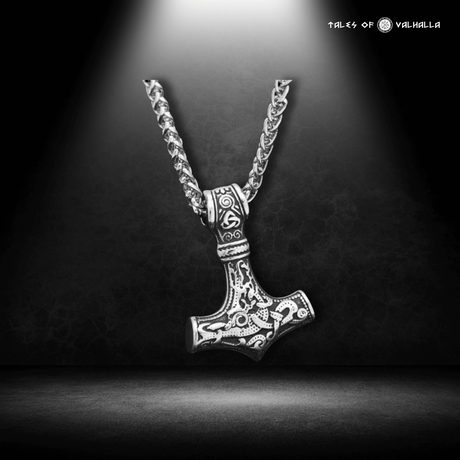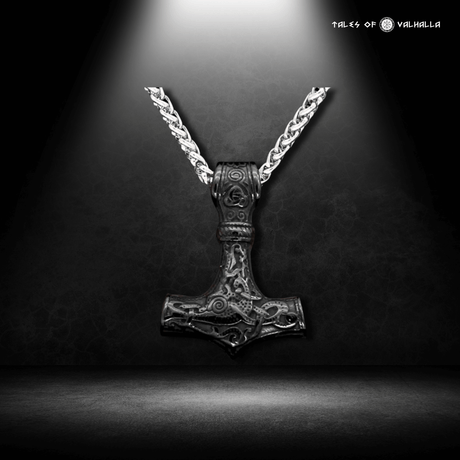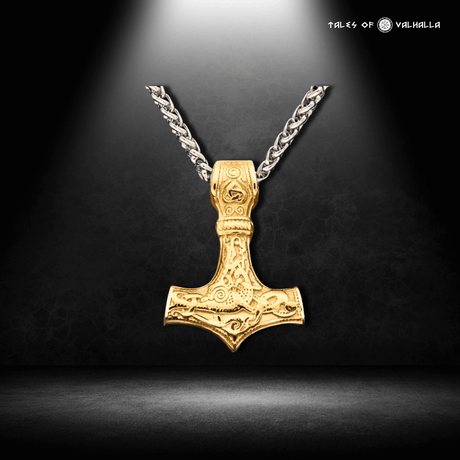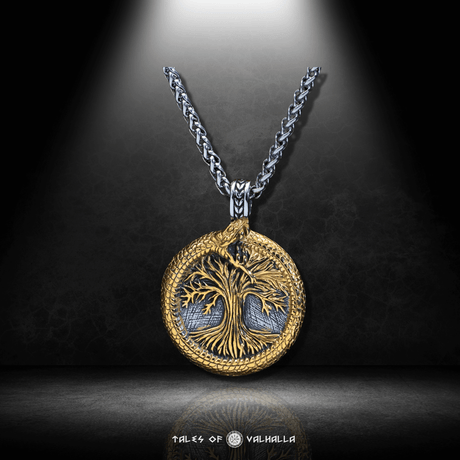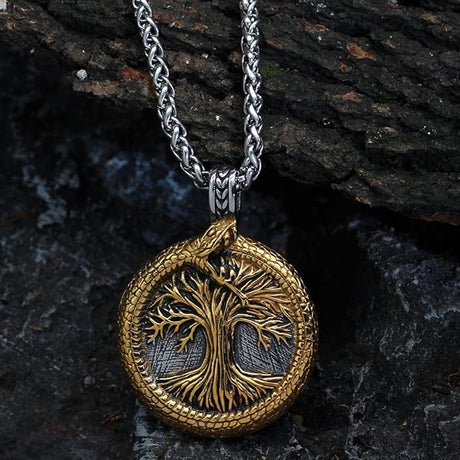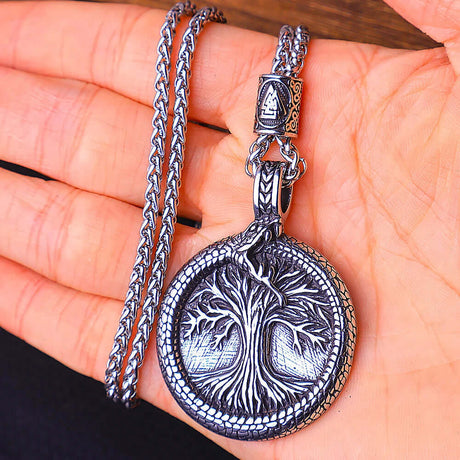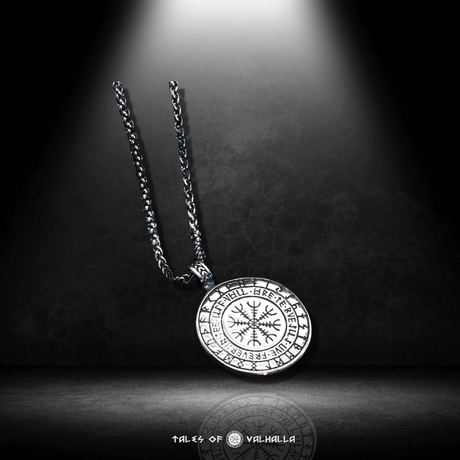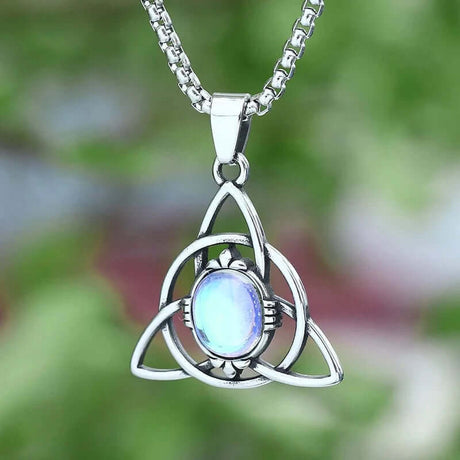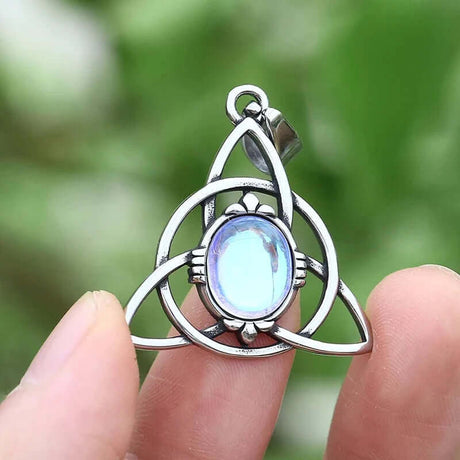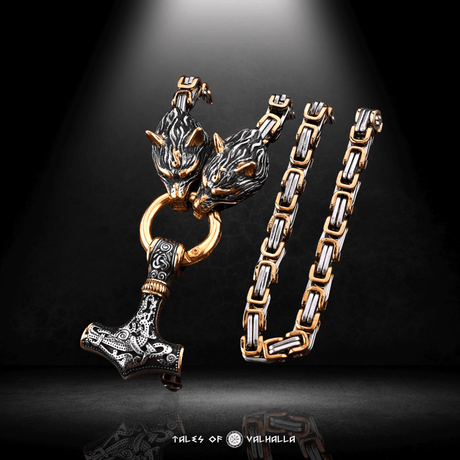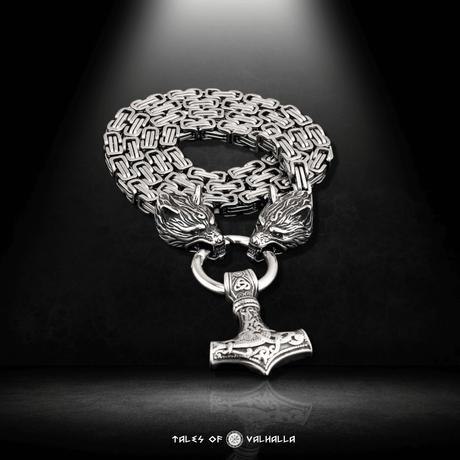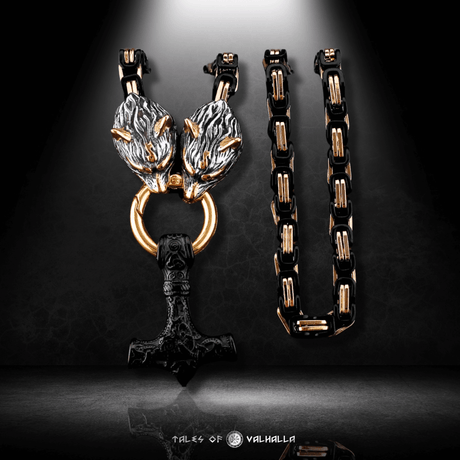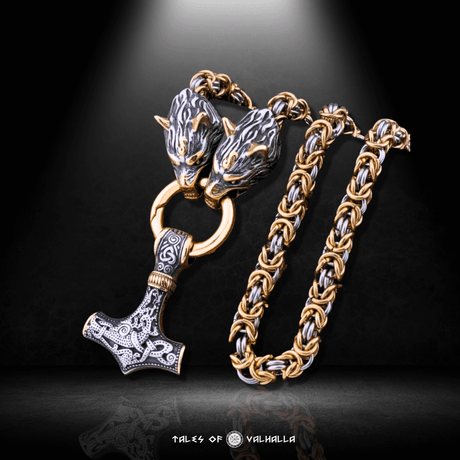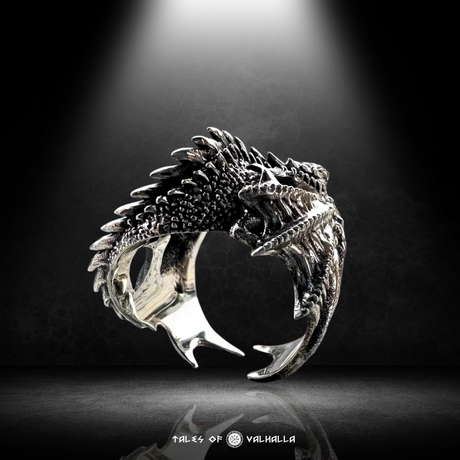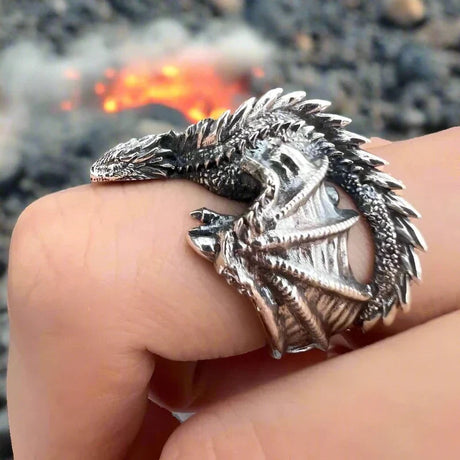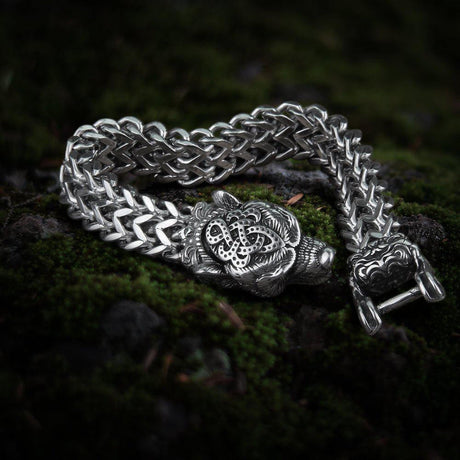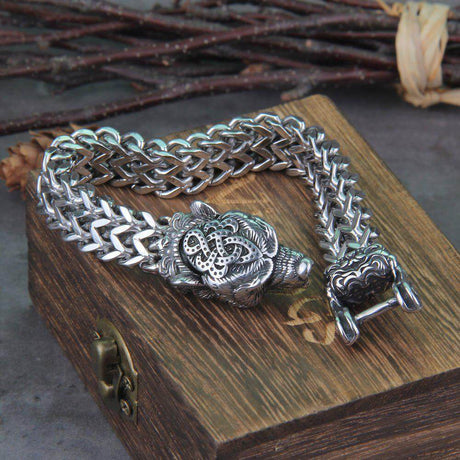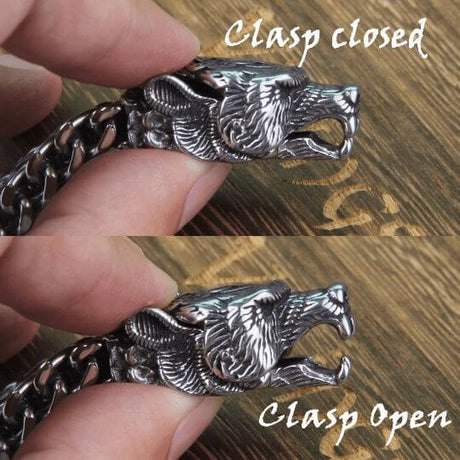The image of a Viking warrior is inseparable from his axe. It's a symbol of strength, ferocity, and the brutal efficiency of the Viking Age. But the popular image of a massive, double-bitted battle-axe, while dramatic, doesn't tell the whole story. In reality, Viking axes were incredibly diverse, ranging from everyday tools to specialized weapons, each designed for a specific purpose. The interest of Viking and their tools have never been so high in the United State.
This blog will delve into the fascinating world of Viking axes, exploring their various types, their construction, their uses both in and out of combat, and their enduring legacy. We'll separate historical fact from cinematic fantasy and discover the true versatility of this iconic Viking tool. We'll also highlight some exceptional modern reproductions that capture the spirit of these ancient weapons.
More Than a Weapon: The Axe in Viking Society
The axe was far more than just a weapon in Viking society; it was an essential tool for daily life. Wood was the primary building material, and axes were crucial for:
- Forestry: Felling trees for timber, clearing land for agriculture, and gathering firewood.
- Woodworking: Shaping timber for houses, ships, furniture, and countless other objects.
- Shipbuilding: The construction of Viking longships, the key to their exploration and raiding success, relied heavily on skilled axe work.
- Household Tasks: Splitting firewood, butchering animals, and performing various other tasks around the farm or homestead.
- Ice ভেঙ্গে: Axes were used to break ice.
Because of its versatility, the axe was ubiquitous in Viking society. While swords were often status symbols, reserved for wealthier warriors, nearly every Viking, regardless of social standing, would have owned at least one axe. This widespread use is reflected in the archaeological record, where axes are far more common finds than swords.
The Anatomy of a Viking Axe: Form Follows Function
While there was considerable variation in Viking axes, certain key features were common:
- The Head: Axe heads were typically made of iron, sometimes with a steel edge forge-welded onto the softer iron body. This created a blade that was both strong and capable of holding a sharp edge. The shape of the head varied depending on the axe's intended use (more on this below).
- The Haft (Handle): The haft was almost always made of wood, typically ash, oak, or another strong, resilient hardwood. The length of the haft varied depending on the type of axe, ranging from short hatchets to long-handled battle-axes.
- The Eye: The eye is the hole in the axe head through which the haft passes. Viking axe eyes were often tapered, wider at the top than at the bottom. This, combined with a wedge driven into the top of the haft, created a very secure connection.
- The Bit (Edge): The bit is the cutting edge of the axe. The shape and sharpness of the bit were crucial for the axe's effectiveness, whether for felling trees or cleaving shields.
- The Poll: The poll is the back of the axe head, opposite the bit.
The design of a Viking axe was carefully considered to maximize its effectiveness for its intended purpose. There was no wasted material or unnecessary ornamentation; every element served a function.
Types of Viking Axes: A Diverse Arsenal
The term "Viking axes" encompasses a wide range of tools and weapons. Here are some of the most important types:
The Bearded Axe (Skeggøx)
The "bearded" axe is perhaps the most iconic Viking axe type. The "beard" refers to the lower portion of the axe head that extends below the haft.

The Bearded Axe
- Purpose: The bearded axe was a versatile tool and weapon. The extended blade provided a longer cutting edge, useful for both woodworking and combat.
- Design: The beard allowed for a thinner, lighter head without sacrificing strength, making it quicker and easier to wield. The hook of the beard could also be used to pull down shields or snag an opponent's weapon.
- Example: The Forged Bearded Axe from Tales of Valhalla is a beautiful example of this classic design. Its hand-forged head and sturdy wooden haft capture the essence of the Viking skeggøx.
The Broad Axe (Breiðøx)
The broad axe, as the name suggests, featured a wide, heavy blade.
- Purpose: Primarily a woodworking tool, used for felling trees and shaping large timbers.
- Design: The broad blade provided a large cutting surface, making it efficient for chopping through thick wood. The weight of the head delivered significant force with each blow.
- Not Ideal for Combat: While a broad axe could be used as a weapon in a pinch, its weight and unwieldiness made it less than ideal for combat compared to specialized battle-axes.
The Danish Axe (Dane Axe)
This is the weapon that most closely resembles the popular image of a Viking battle-axe.

- Purpose: Primarily a weapon, designed for devastating blows in combat.
- Design: The Danish axe featured a long haft (often four to five feet long) and a relatively thin, wide blade with a crescent-shaped edge. This design maximized reach and cutting power, but it required considerable strength and skill to wield effectively.
- Two-Handed Weapon: The Danish axe was typically used with two hands, allowing for powerful swings that could cleave through shields and armor.
- Example: While not a direct replica of a Dane Axe, the End of Days Lightning Bolt Axe from Tales of Valhalla captures the spirit of a powerful, visually striking Viking weapon. The lightning bolt motif adds a touch of Norse mythology and symbolism.
The T-Shaped Axe
- Purpose: Versatile, and could be used for a number of tasks.
- Design: The head of this axe forms a T-shape with the haft. The upper part of the blade extends past the haft.
The Hand Axe (Hatchet)
- Purpose: A versatile tool for everyday tasks, from splitting kindling to crafting tools.
- Design: Smaller and lighter than other axe types, with a shorter haft designed for one-handed use.
- Example: The Vegvisir Hatchet Axe from Tales of Valhalla is a beautiful example of a Viking-inspired hatchet. The Vegvisir symbol (a Viking compass) adds a layer of Norse symbolism.

The Hand Axe
The Throwing Axe (Francisca)
- Purpose: A throwing weapon, used to disrupt enemy formations or take down opponents at a distance. While more commonly associated with the Franks, there is some evidence that Vikings also used throwing axes.
- Design: The Francisca had a distinctive S-shaped head, designed to spin aerodynamically when thrown.
It's important to note that these are broad categories, and there was considerable variation within each type. Viking blacksmiths were skilled artisans, and they often customized their axes to suit individual preferences and needs. The Valknut Forged Axe from Tales of Valhalla, with its Valknut symbol (associated with Odin and the slain), is a good example of how a Viking axe could combine functionality with symbolic meaning.

The Throwing Axe
Viking Axe Construction: The Art of the Smith
The creation of a Viking axe was a complex process, requiring the skills of an experienced blacksmith.
- Forging the Head: The axe head was typically made from iron, often with a steel edge forge-welded onto it. The blacksmith would heat the iron in a forge, then hammer it into shape, carefully forming the blade, the eye, and any decorative elements.
- Hardening and Tempering: The steel edge was hardened by heating it to a high temperature and then rapidly cooling it (quenching). This was followed by tempering, a process of reheating the steel to a lower temperature to reduce its brittleness.
- Hafting: The wooden haft was carefully shaped to fit the eye of the axe head. A wedge, often made of wood or metal, was driven into the top of the haft to secure it firmly in place.
- Decoration: Some axes were decorated with intricate carvings, inlays of precious metals, or etched designs. These decorations could be purely aesthetic or could have symbolic meaning.
The quality of a Viking axe depended heavily on the skill of the blacksmith. A well-made axe was a valuable possession, representing a significant investment of time and resources.
- See more: Axes Collection
The Axe in Combat: Techniques and Tactics
The Viking axe, particularly the Danish axe, was a formidable weapon in the hands of a skilled warrior. Viking combat tactics often involved:
- The Shield Wall: A close-formation of warriors with overlapping shields, providing a strong defensive barrier. Axes could be used to hook and pull down enemy shields, creating openings for attacks.
- Overhead Blows: The long haft of the Danish axe allowed for powerful overhead blows, capable of cleaving through helmets and shields.
- Hooking and Pulling: The beard of a bearded axe could be used to hook an opponent's shield or weapon, pulling it out of the way or disarming them.
- Thrusting: While less common than cutting blows, the point of some axes could be used for thrusting attacks.
- Psychological Impact: The sight of a large, gleaming axe, wielded by a fierce Viking warrior, could have a significant psychological impact on an opponent.
Viking warriors trained extensively with their weapons, developing the strength, skill, and coordination needed to use them effectively in battle. The axe was not just a weapon; it was an extension of the warrior's body.
The Axe in Norse Mythology: A Divine Tool
The axe also held significance in Norse mythology:
- Thor's Hammer (Mjöllnir): While technically a hammer, Mjöllnir shares many characteristics with an axe, and its primary function was as a weapon. Thor, the god of thunder, used Mjöllnir to defend Asgard and Midgard from giants and other threats.
- Odin: Sometimes depicted using an axe.
- Other Deities Other deities are sometimes depicted with axes.
These mythological associations further enhanced the prestige and symbolism of the axe in Viking culture.
Viking Axes in Popular Culture: The Good, the Bad, and the Ugly
Viking axes have become a staple of popular culture, appearing in countless movies, TV shows, video games, and books. However, these depictions are not always accurate:
- The Double-Bitted Axe: The massive, double-bitted axe is a common trope in fantasy and Viking-themed media. However, there's very little archaeological evidence to support the widespread use of such weapons in the Viking Age. They would have been heavy, unwieldy, and impractical for most combat situations.
- Oversized Axes: Many depictions of Viking axes exaggerate their size and weight, making them look far more imposing than they actually were.
- Horned Helmets (Again!): While not directly related to axes, the persistent myth of the horned helmet often accompanies inaccurate depictions of Viking weaponry.
While these inaccuracies can be frustrating for history enthusiasts, they also demonstrate the enduring power of the Viking image in popular culture. The axe, even in its exaggerated forms, continues to symbolize Viking strength and ferocity.
Choosing Your Own Viking Axe
If you're inspired to acquire your own Viking axe (for display, reenactment, or historical study), here are some things to consider:
- Purpose: Are you looking for a decorative piece, a functional tool, or a historically accurate replica for reenactment?
- Type: Which type of Viking axe best suits your interests and needs?
- Materials: Look for high-quality materials, such as hand-forged steel for the head and strong hardwood for the haft.
- Construction: Pay attention to the details of construction. Is the axe head securely attached to the haft? Is the blade properly sharpened (if it's a functional axe)?
- Authenticity: If historical accuracy is important to you, research the specific type of axe you're interested in and look for replicas that are based on archaeological finds.
- Budget: Replica Viking axes can range in price from relatively inexpensive to quite costly, depending on the materials, craftsmanship, and level of detail.
Remember, even a replica axe is a potentially dangerous object. Handle it with care and respect, and never use it in a way that could endanger yourself or others.
Conclusion
The Viking axe was more than just a weapon; it was a symbol of a culture, a tool for survival, and a work of art. From the simple hand axe used for everyday tasks to the mighty Danish axe wielded in battle, these tools shaped the Viking Age and continue to fascinate us today. By understanding the different types of Viking axes, their construction, and their uses, we gain a deeper appreciation for the ingenuity, skill, and resourcefulness of the Viking people. And by separating historical fact from popular myth, we can appreciate the true legacy of this iconic Viking tool.
Explore a collection of high-quality Viking axes and other Norse-inspired goods at Tales of Valhalla.
FAQs
1. Weren't all Viking axes huge, double-bladed battle-axes?
That's a common misconception, fueled by movies and fantasy! While large, two-handed axes (like the Dane axe) were used in battle, they weren't the only type. Vikings used a wide variety of axes, many of which were smaller, single-handed tools for everyday tasks like woodworking and forestry. The "bearded axe" was a very common, versatile type, and even smaller hand axes (hatchets) were essential. The massive double-bitted axe is largely a modern invention.
2. What's the difference between a Viking axe and a regular axe?
The main differences lie in the design and intended use. Viking axes, especially those used in combat, often had thinner blades than modern wood-splitting axes. This made them lighter and faster. The "bearded axe" shape, with the lower part of the blade extending below the haft, was very characteristic of Viking designs. This provided a longer cutting edge and allowed for hooking techniques in combat. The haft (handle) length also varied greatly depending on the axe's purpose.
3. How were Viking axes made? Were they made of special steel?
Viking blacksmiths were incredibly skilled. They typically used iron for the axe head's body, but they often forge-welded a strip of higher-carbon steel onto the edge. This gave the blade a harder, sharper, and more durable cutting edge. Some higher-quality axes used pattern-welding (often mistakenly called "Damascus" steel), which involved layering different types of iron and steel to create a blade with superior strength and flexibility. The haft was almost always made of wood, usually ash or oak.
4. Did Vikings decorate their axes?
Yes, they did! While many axes were purely functional, others were decorated. This could range from simple etched designs on the blade to elaborate carvings on the haft. Wealthier Vikings might have axes with inlays of silver, gold, or copper. Some axes also featured runic inscriptions, which might have been the owner's name, a dedication to a god, or even a magical charm.
5. Could Viking women use axes?
While the image of the Viking warrior is typically male, axes weren't exclusively male tools. Women in Viking society likely used smaller axes for everyday tasks like chopping firewood or preparing food. There's also some evidence, both archaeological and from sagas, that some women (known as shieldmaidens) did fight, and they may well have used axes in combat, although swords are more often associated with shieldmaidens in the sagas.
6. Are replica Viking axes safe to use?
It depends entirely on the replica. Decorative replicas are not meant for any kind of impact and can be very dangerous if used improperly. They are for display only. "Battle-ready" or functional replicas are made with stronger materials and construction and can be used for practice or (with proper training and safety gear) simulated combat. However, even a blunt replica axe is a heavy object that can cause serious injury. Always follow the manufacturer's instructions, and if you intend to use a replica axe for anything other than display, seek guidance from experienced historical martial arts practitioners. It is not a toy.

